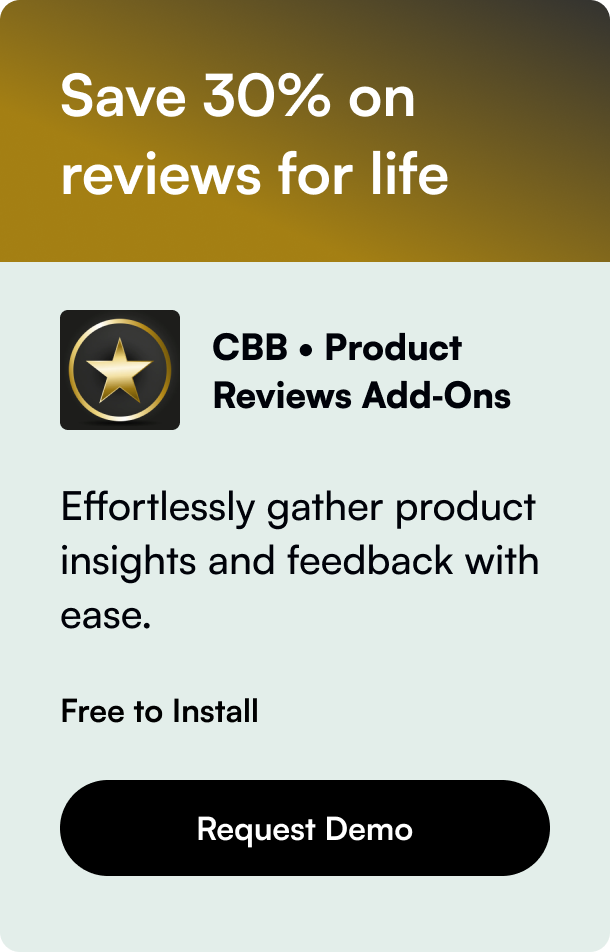Table of Contents
- Introduction
- Exporting Your Products: The Why and How
- Editing Exported Products
- Bulk Editing Shopify Metafields
- After the Export: What's Next?
- FAQ
Introduction
Have you ever stared at your Shopify store, wondering how you can efficiently manage or migrate your vast inventory of products? Whether it's for backup purposes, transitioning to a new platform, or simply trying to organize your storefront better, understanding how to export your products from Shopify can be a game-changer. This informative guide will walk you through the process step-by-step, making what might seem like a daunting task surprisingly simple. By the end of this article, you'll have a clear understanding of how to expertly export your Shopify products, potentially transforming the way you manage your online store.
Exporting Your Products: The Why and How
Exporting products from Shopify is an invaluable skill for store owners. Whether it’s for record-keeping, analysis, or preparing to transition to a different platform, the ability to efficiently export your product data can save time and ensure accuracy in your operations.
Steps to Export Products
-
Navigate to the Products Page: Begin by accessing your Shopify admin panel. Here, you'll find the "Products" section, where your entire inventory is listed.
-
Filtering (Optional): Should you wish to export only a specific subset of products, Shopify offers filtering options. This can be immensely helpful if you're looking to work on a particular category or if you're updating similar products in bulk.
-
Initiating the Export: Once you've navigated to the "Products" page (and applied any necessary filters), look for the "Export" button. Clicking this will prompt you to choose the range of products you want to export.
-
Choosing the Format: Shopify primarily supports exporting products in the CSV format. You'll be given options to export all products, only the current page, or products that match your search and filters. Select the option that best fits your needs.
-
Receiving Your Export: For smaller exports (up to 50 products), the CSV file will be downloaded directly by your browser. For larger batches, the file will be sent via email to the address associated with your Shopify account, or the store owner's email if the account performing the export isn't the owner.
-
Handling Your Exported Data: Once you've received your exported CSV file, it's crucial to handle it with care, especially if you plan to import this data elsewhere. Any modifications to the CSV should be done cautiously to avoid issues when re-importing or using this data on another platform.
Why Use CSV?
Shopify utilizes CSV (Comma-Separated Values) files for product export because this format is widely supported across different systems and software, ensuring compatibility whether you're transferring to another e-commerce platform, analyzing your inventory in spreadsheet software, or keeping records in your digital archive.
Editing Exported Products
To make edits to your products outside Shopify's interface, you'll be working with the exported CSV file in a spreadsheet program like Microsoft Excel or Google Sheets. Here's what you need to know:
- Handling Variants and Images: Your CSV will include columns for product variants and image URLs. Care must be taken not to disrupt the associations between these and the corresponding products,
- Editing Best Practices: Always make a backup of your original CSV before starting your edits. This ensures you have a clean slate to return to should any mistakes be made.
Common Pitfalls to Avoid
- Sorting the CSV: Avoid sorting the CSV file in a way that might disassociate product variants or images. This can lead to incorrect data association when re-importing.
- Using a Text Editor: If without access to a spreadsheet program, a text editor can be used, but with extreme caution. Improper formatting can lead to errors upon re-import.
Bulk Editing Shopify Metafields
A frequent challenge Shopify store owners encounter is managing metafields in bulk. While Shopify’s built-in capabilities might require additional steps or reliance on third-party apps for bulk actions, solutions do exist within the ecosystem to streamline this process. Utilizing apps like Matrixify can help in handling bulk edits of metafields, offering a workaround to Shopify's native limitations.
After the Export: What's Next?
Having your product data outside of Shopify opens a realm of possibilities from analysis, bulk editing, cleaning up your inventory, to preparing for a platform migration.
- Data Analysis: Analyze your product performance, category-wise sales, and inventory needs.
- Bulk Edits: Implement bulk changes efficiently, especially for price adjustments, tagging, and descriptions.
- Platform Migration: If moving to another e-commerce platform, your exported CSV file serves as the fundamental block for transferring your product data.
FAQ
How can I ensure my product images are exported with my products?
Shopify exports don't directly include product images in the CSV. However, image URLs are provided. Make sure the images are accessible online until you complete the import process in your new store or platform.
What should I do if I have more than one page of products to export?
Choose the option to export all products or the specific filter that matches your needs. Large exports will be emailed to you.
Can I use the exported CSV file for other e-commerce platforms?
Yes, but you may need to adjust the format according to the specifications of the other platform.
How can I edit the CSV without causing issues upon re-import?
Use a spreadsheet program, follow the column format strictly, and avoid sorting the file in a way that could disassociate variants or images from their products.
Exporting your products from Shopify doesn't have to be complicated. With this guide, you're now equipped to handle the process efficiently, ensuring a smooth transition for whatever your future projects may entail. Whether it's for analysis, inventory management, or preparing for a migration, mastering the export process is a vital skill for any Shopify store owner.








